As the China-exclusive RTX 5090D can no longer be sold due to U.S. restrictions (though some units remain available), NVIDIA has launched a newly adjusted version specifically for the Chinese market.
Previously rumored to be named the RTX 5090DD, it has now been officially designated as the RTX 5090D v2.
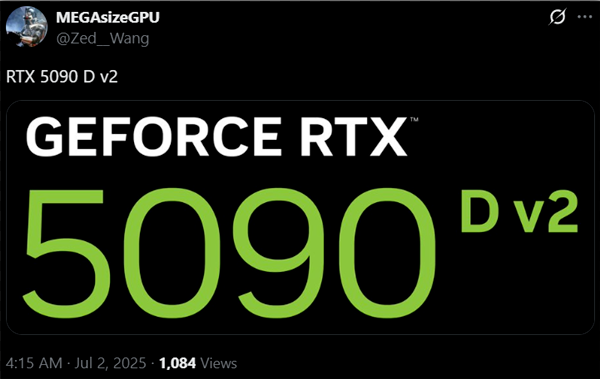
The specifications of the RTX 5090D v2 are largely confirmed, featuring the chip model GB202-400. The core configuration remains at the level of the RTX 5090D, with 21,760 CUDA cores, 170 RT cores, and 680 Tensor cores. The clock speeds are expected to remain unchanged, delivering AI computing power of up to 2,375 TOPS.
However, significant cuts have been made to the memory: the bus width has been reduced from 512-bit to 384-bit, and the capacity has dropped from 32GB to 24GB, though it still uses 28GHz GDDR7 memory.
This reduces the memory bandwidth from 1,792GB/s to 1,344GB/s. The move is primarily a response to dissatisfaction from the U.S. government, which deemed the memory bandwidth of the RTX 5090D still too high.
According to the plan, the RTX 5090D v2 will launch in August, with no significant price changes expected—meaning the reduced memory specs will not lead to a price cut.
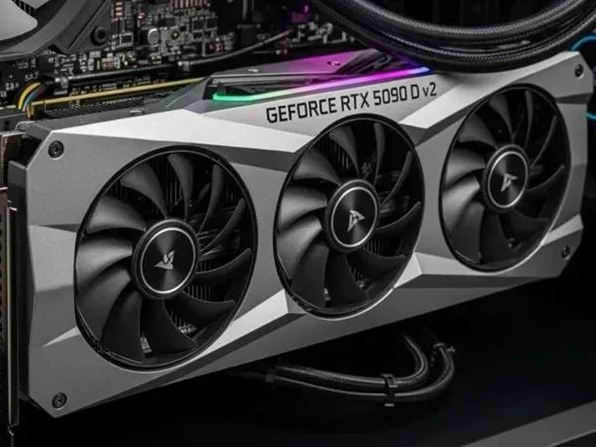
Meanwhile, NVIDIA has announced major changes to driver support: after the 580-series drivers, it will discontinue driver support for Maxwell, Pascal, and Volta architecture GPUs on both Windows and Linux systems.
Specifically, NVIDIA stated that it will provide one final driver update for the GeForce GTX 700 (Maxwell), GTX 900 (Maxwell), GTX 10 (Pascal) series, and Volta architecture GPUs (such as the Tesla V100, Titan V, etc.). This update will be included in the upcoming 580-series drivers.
Currently, NVIDIA is in the 570-series driver phase (which began with the launch of the RTX 50-series GPUs).
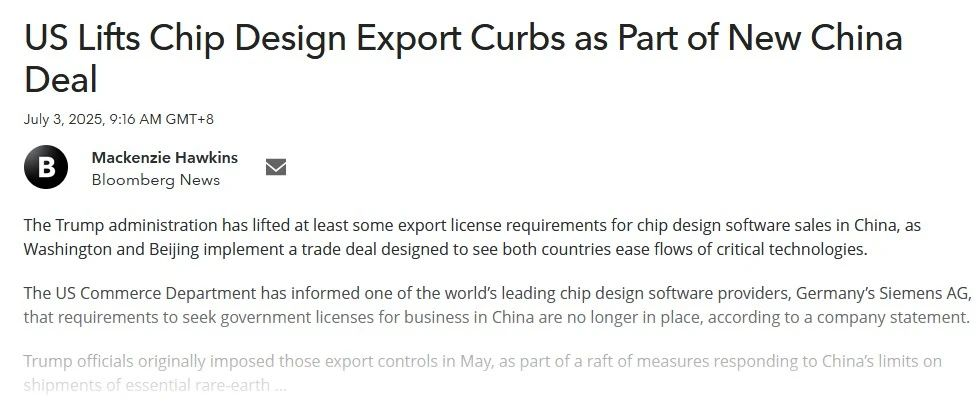
This decision aligns with the hardware industry's routine practice of phasing out driver support for older components, as these affected GPUs are already roughly 8 to 11 years old.In another development, significant changes have occurred in policies regarding software exports. On July 3, according to a report by Yicai, Synopsys stated that it had received a notice from the U.S. Department of Commerce’s Bureau of Industry and Security (BIS) on July 2, informing the company that export restrictions related to China had been revoked, effective immediately.
Synopsys is working to resume sales of previously restricted products in China and will continue to assess the impact of evolving export restrictions related to China on its business, operational results, and financial condition.
Separately, according to a report by CCTV News, Siemens AG has also received a similar notice from the U.S. government, confirming that the U.S. has lifted export restrictions on chip design software for China. According to Siemens' statement, the supplier has now restored full access to its software and technology for Chinese customers.






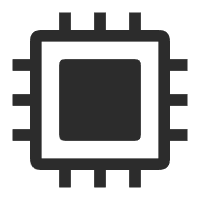




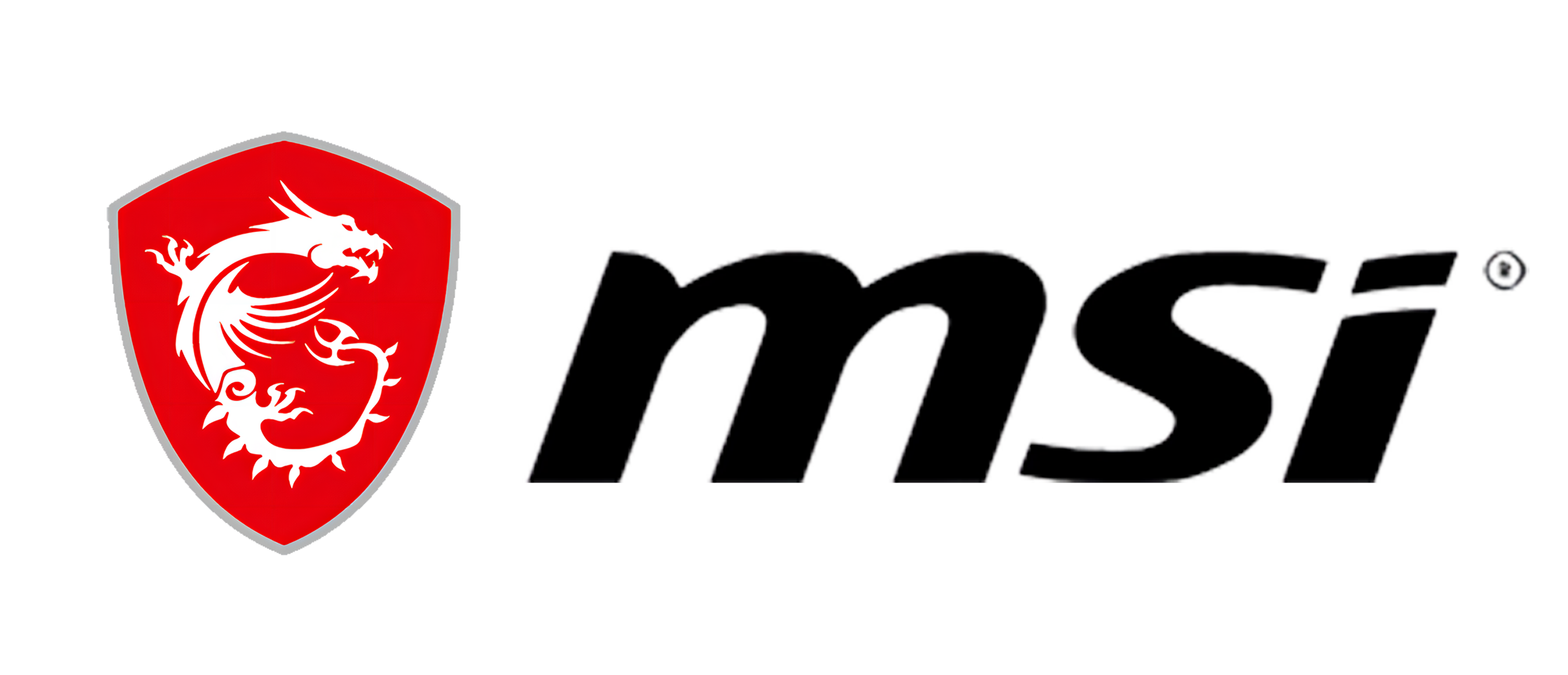


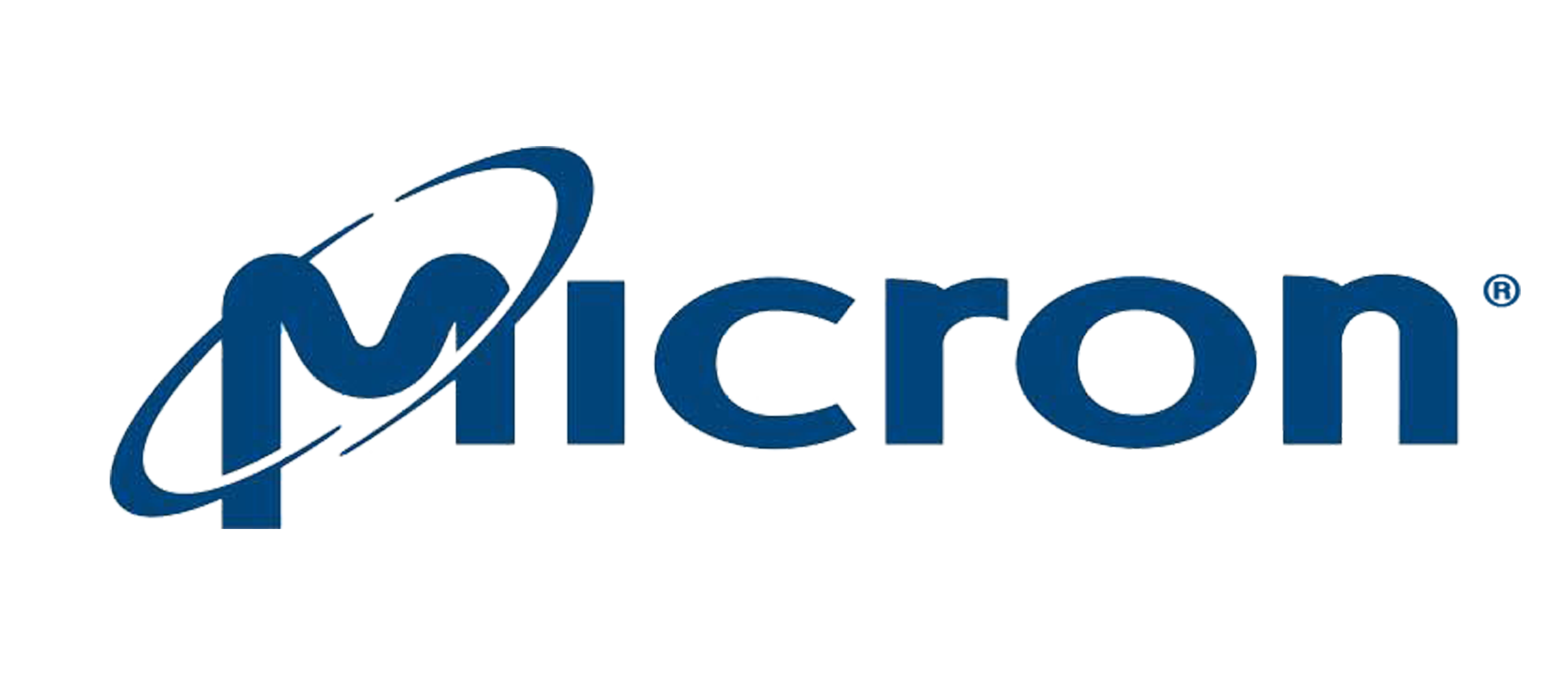


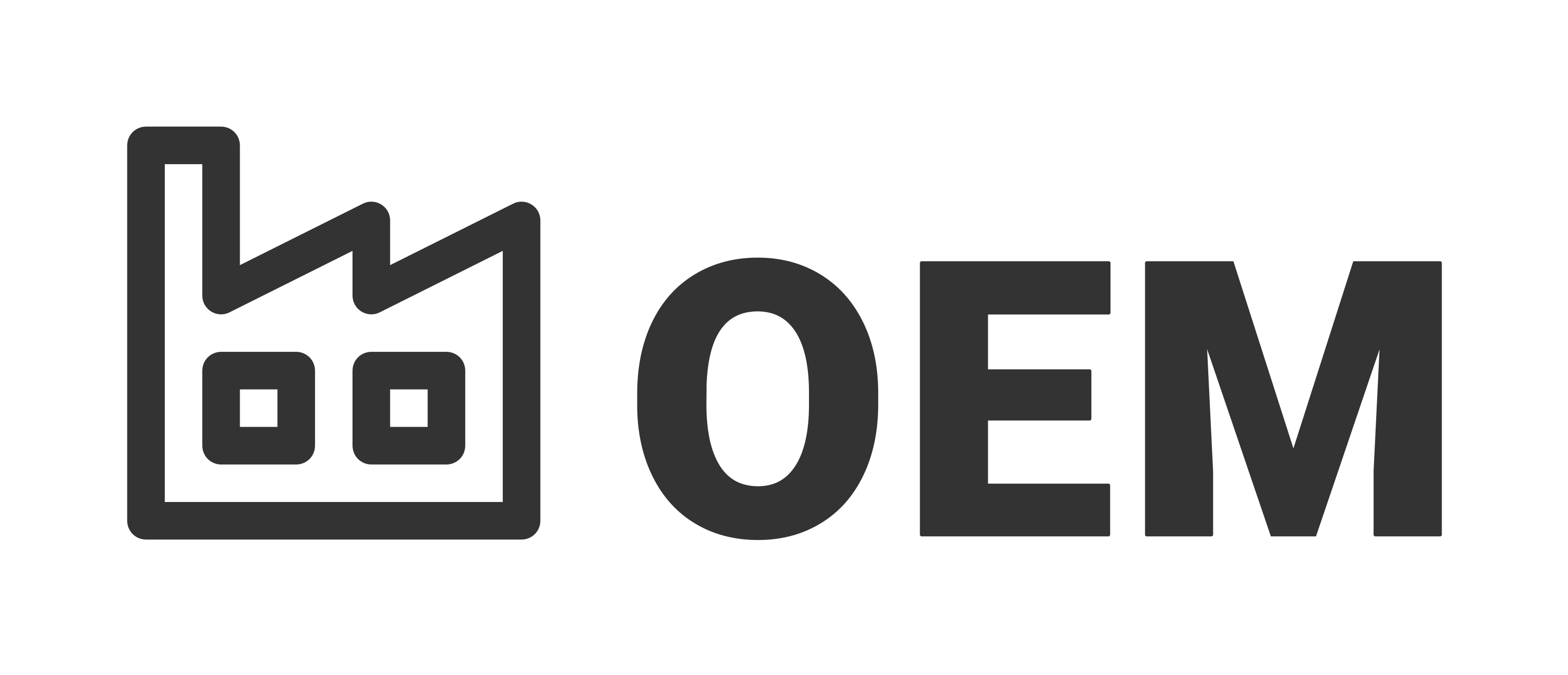



.png)
